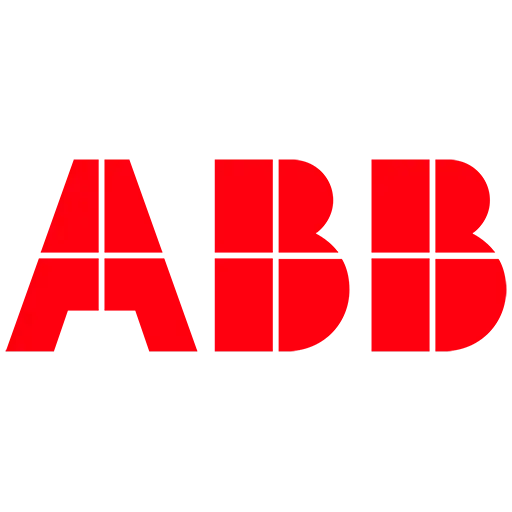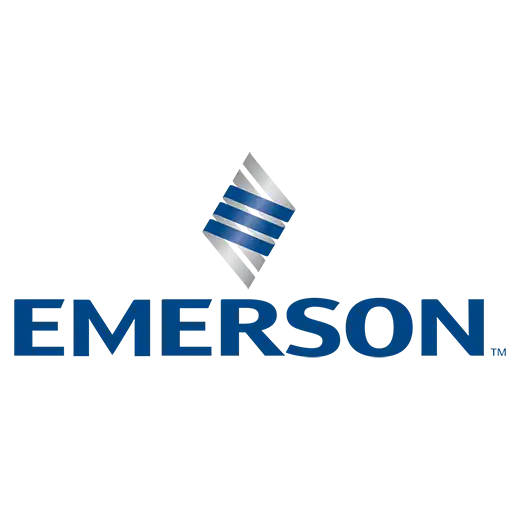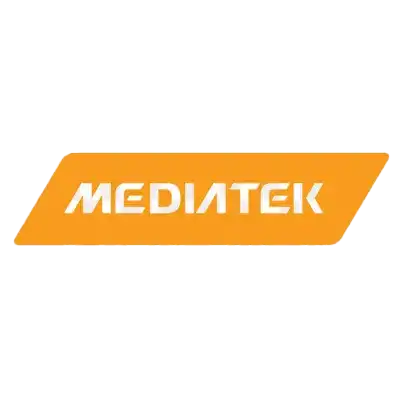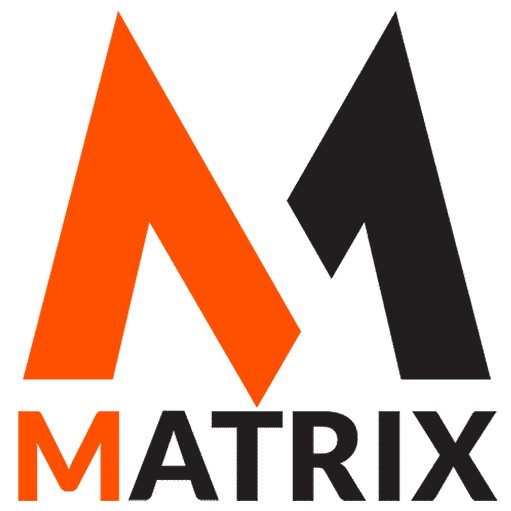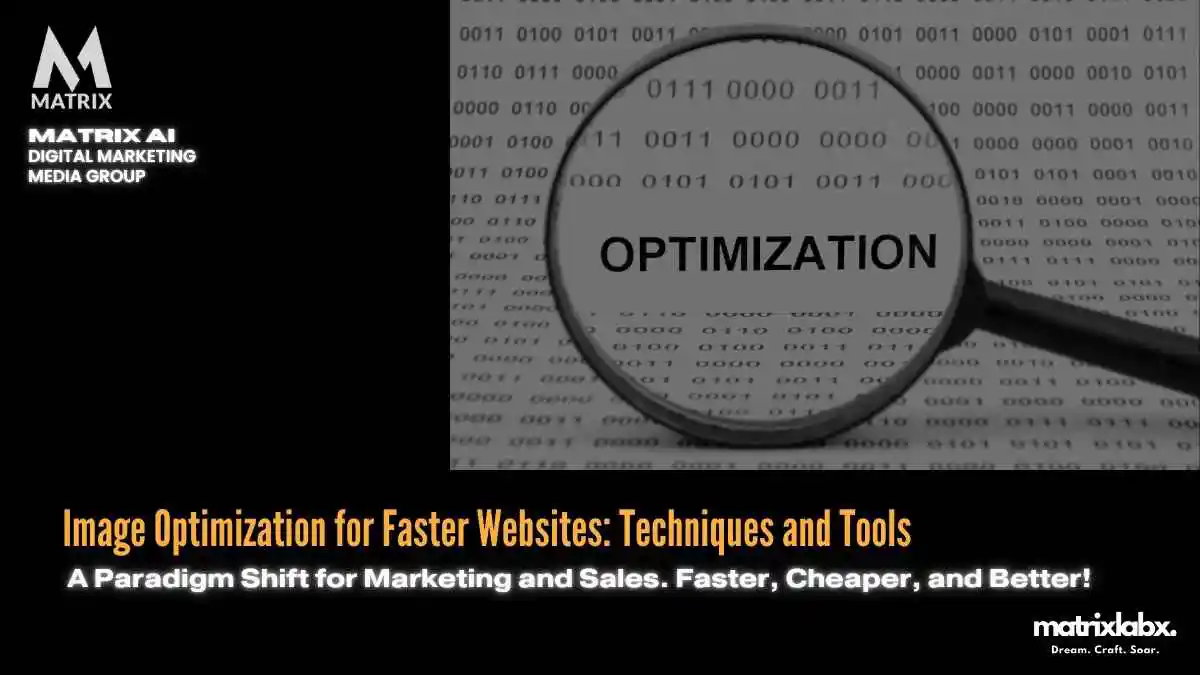Image Optimization for Faster Websites: Techniques and Tools
Learn About Image Optimization for Faster Websites: Techniques and Tools for More Website Traffic.
The Evolution of Web Search and User Expectations
Imagine a world where waiting 10 seconds for a webpage to load was the norm—this was the reality just a decade ago.
Today, however, a delay of a mere three seconds in page loading can lead to a 40% loss in website traffic, as modern internet users expect near-instantaneous results (MatrixLabX, 2025).
This dramatic shift in user expectations underlines the critical role of website performance in the digital age.
The Importance of Image Optimization
As web content becomes increasingly media-rich, images constitute a significant portion of data on most websites.
While visually engaging images attract users, they are also large files that can drastically slow down websites. Image optimization is a pivotal technique in this context, addressing the dual need for speed and visual quality.
This process involves modifying images to consume less bandwidth while maintaining an acceptable level of quality. Techniques range from simple compression methods to more advanced solutions involving new image formats and responsive image solutions tailored to different devices.
This article delves into “Image Optimization for Faster Websites: Techniques and Tools,” providing a comprehensive overview of strategies to enhance website performance through efficient image handling.
This article explores foundational and innovative optimization techniques and the tools that facilitate these processes. It aims to equip web developers and content managers with the knowledge to significantly boost site speed and improve user engagement.
Image Optimization for Faster Websites: Techniques and Tools
In today’s fast-paced digital world, a website’s performance can significantly influence user experience and engagement.
Image optimization is crucial in ensuring your website loads quickly and efficiently. This process involves reducing the file size of images without sacrificing quality, resulting in faster load times and better performance.
Who Should Optimize Images? Image optimization is essential for anyone who maintains a website, including bloggers, e-commerce businesses, web developers, and digital marketers. It improves your website’s speed, enhances SEO efforts, and provides an optimal user experience.
What is Image Optimization? At its core, image optimization refers to techniques that reduce the file size of images while maintaining acceptable visual quality. This can involve resizing images, compressing files, and appropriately choosing formats (like JPEG, PNG, or WebP) based on the image type and usage.
Where to Optimize Images? Image optimization should be implemented before uploading images to your website. Various tools and software options, including Adobe Photoshop, TinyPNG, and ImageOptim, can streamline this process. Many content management systems (CMS), like WordPress, offer plugins such as WP Smush and ShortPixel that automate the optimization process seamlessly.
How to Optimize Images? To optimize images effectively, start by analyzing the dimensions needed for display on your site. Then, use the right format for your images to balance quality and file size. Utilize compression tools to minimize load times further. Implement lazy loading techniques to ensure images are only downloaded as needed, enhancing site speed.
By prioritizing image optimization, you can improve your website’s performance, boost your search engine rankings, better engage users, and ultimately drive more conversions. Embrace these techniques and tools today to build a faster, more efficient web presence!
Return on Investment (ROI) from Thought Leadership SEO
Thought leadership SEO campaigns, which involve strategic planning and high-quality content creation, have demonstrated a return on advertising spend (ROAS) of 9.10, equating to a 748% ROI, with a typical break-even point at around 9 months. Review how to win with SEO Services.
Imagine you’re planning a high-profile marketing campaign for a new product launch. You’ve got all the elements ready: a catchy slogan, an eye-catching design, and a prime-time slot for maximum exposure.
But there’s a catch: your billboards are so large and complex that people driving by can’t grasp the message quickly enough. This is akin to having a website with unoptimized images — it slows down the load time, detracts from user experience, and ultimately, loses potential customer engagement.
Just as you would optimize a billboard by streamlining the design to ensure it conveys the core message swiftly and effectively, website image optimization involves compressing images, choosing the right file formats, and using modern techniques like lazy loading.
This ensures your website loads faster, enhancing user experience, boosting SEO rankings, and keeping visitors engaged longer.
Tools like Adobe Photoshop for image editing, TinyPNG for compression, and Google’s WebP format are akin to your design and editing team, ensuring every visual is primed for impact without the baggage of unnecessary bulk.
Integrating these tools ensures your website is as streamlined and impactful as a perfectly designed billboard, capturing attention and driving conversions in the digital fast lane.
Your Blueprint for SEO Success in 2025
Whether you’re a business owner, marketer, or seasoned SEO professional, this guide is tailored to give you a competitive edge in the evolving digital landscape. Get SEO Pricing.
Challenges and Opportunities in Image Optimization for Faster Websites
Importance of Image Optimization
In the digital age, website speed is crucial for user experience, search engine ranking, and overall site performance.
Images often constitute a significant portion of a web page’s load time, and unoptimized images can lead to slower page speeds, resulting in higher bounce rates and lower conversion rates.
Therefore, optimizing images is essential for enhancing user experience, improving SEO, and increasing engagement.
Challenges of Image Optimization
- Balancing Quality and File Size: One of the primary challenges in image optimization is maintaining visual quality while reducing file size. High-resolution images can be visually stunning but often come with large file sizes that can slow down a website. Finding the right balance between quality and file size can be complex, especially for industries where visual appeal is paramount.
- Variety of Formats: Different image formats (JPEG, PNG, GIF, SVG, WebP) each have pros and cons. Choosing the right format for different types of images (e.g., photographs vs. graphics) can be challenging. Ensuring compatibility across various browsers and devices adds another layer of complexity.
- Responsive Design: With the proliferation of devices with different screen sizes and resolutions, creating responsive images that load efficiently on all devices is challenging. Developers must implement techniques such as srcset and picture elements to serve the right image size for each device, which can complicate the coding process.
- Automation vs. Manual Optimization: While many tools are available for image optimization, finding the right combination of manual and automated processes can be difficult. Relying solely on automated tools may not yield the best results, as they might not consider context-specific needs.
- Time and Resources: Dedicating time and resources to image optimization can be a significant challenge for many web developers and content creators, especially in fast-paced environments where deadlines are tight.
Opportunities in Image Optimization
- Improved User Experience: Properly optimized images lead to faster loading times, enhancing the overall user experience. This can lead to increased user satisfaction, longer session durations, and higher conversion rates, directly impacting business outcomes.
- SEO Benefits: Search engines like Google prioritize page speed as a ranking factor. By optimizing images, websites can improve loading times, leading to better search engine rankings and increased organic traffic.
- Adoption of Modern Formats: The emergence of modern image formats like WebP and AVIF offers opportunities for significant file size reductions while maintaining high quality. Leveraging these formats can greatly enhance website performance without sacrificing image quality.
- Enhanced Mobile Performance: As mobile internet usage continues to rise, optimizing images for mobile devices can improve performance and accessibility. This improves user experience on smartphones and tablets and captures a larger audience.
- Tools and Technology Advances: Developing advanced tools and plugins for image optimization has made it easier for developers and content managers to streamline workflows. Many Content Management Systems (CMS) now include built-in optimization features, reducing the manual effort required.
- Content Delivery Networks (CDNs): Utilizing CDNs can provide additional opportunities for image optimization. CDNs often offer features like automatic image compression and responsive image delivery, which can drastically improve loading speeds and user experience.
Image optimization presents both challenges and opportunities that can significantly impact website performance.
By addressing the challenges through careful strategy and leveraging the opportunities available, businesses can enhance user experience, improve SEO rankings, and drive more conversions.
As technology evolves, staying informed about best practices and emerging tools will be key to mastering image optimization and ensuring a fast, efficient web presence.
Image Optimization for Faster Websites: Techniques and Tools
In today’s digital landscape, a website’s speed can significantly influence user experience, engagement, and conversion rates.
One critical factor affecting website speed is image optimization.
This article will explore two case studies illustrating the importance of effective image optimization strategies and the lessons learned from these experiences.
Case Study 1: eCommerce Giant – FashionForward
Brand Description and Initial Strategy
FashionForward is a leading online retailer specializing in fashion apparel and accessories. In 2021, the company faced a significant challenge: its website was loading slowly, primarily due to the large image files used for product listings.
The initial strategy was revamping the website for a better user experience while maintaining high-quality images showcasing their products.
They aimed to reduce loading times to improve the overall user experience and boost conversions.
Leveraging and Mitigating Failures in Image Optimization
Initially, FashionForward implemented basic image compression techniques, using standard tools to reduce the size of their images without sacrificing quality.
However, they soon discovered that merely compressing images wasn’t enough. Due to the many product page images, the website still experienced slow loading times.
To overcome this, FashionForward adopted a multi-faceted approach:
- Next-Gen Formats: They started using WebP and AVIF formats for images, which provide superior compression and quality compared to traditional formats like JPEG and PNG.
- Responsive Images: They employed the srcset attribute to serve different image sizes based on the user’s device, ensuring that mobile users received smaller, more optimized images.
- Lazy Loading: Implementing lazy loading techniques allowed images to load only when they entered the viewport, significantly reducing the initial load time.
Lessons Learned from Image Optimization
FashionForward learned the importance of a comprehensive image optimization strategy from this process. Key takeaways included:
- Quality vs. Size: Balancing image quality with file size is crucial. Using next-gen formats can provide high-quality visuals while keeping file sizes low.
- Device Consideration: Understanding user devices is vital. Implementing responsive images ensures that users receive the best experience based on their screen size.
- Continuous Testing: Regularly testing website performance after implementing optimization techniques helped identify what worked and what didn’t.
Ultimately, after these changes, FashionForward saw a 40% reduction in page load times, leading to a 25% increase in conversion rates.
Case Study 2: Travel Agency – Wanderlust Travels
Brand Description and Initial Strategy
Wanderlust Travels is a boutique travel agency specializing in curated travel experiences.
In 2022, they launched a new website to showcase their travel packages but quickly encountered issues with slow load times, primarily due to high-resolution images used to promote destinations.
Their initial strategy focused on creating visually stunning content to attract customers, but they underestimated the impact of image sizes on performance.
Leveraging and Mitigating Failures in Image Optimization
After receiving feedback from users about slow loading times, Wanderlust Travels knew they had to act quickly.
They began by analyzing their website using tools like Google PageSpeed Insights and GTmetrix, identifying large images as a primary culprit.
To address these challenges, they implemented several key changes:
- Image Compression Tools: They integrated tools like TinyPNG and ImageOptim to compress images while retaining quality.
- CDN Utilization: They utilized a Content Delivery Network (CDN) to distribute images across multiple servers, ensuring faster loading times for users in different locations.
- Image Format Review: They re-evaluated their choice of image formats, switching to JPEG for photographs and PNG for graphics while optimizing for the web.
- A/B Testing: They conducted A/B tests comparing the performance of optimized images versus original images, allowing them to quantify the improvements in load times.
Lessons Learned from Image Optimization
Wanderlust Travels discovered several valuable insights throughout this optimization journey:
- Analytical Tools Are Essential: Utilizing performance analysis tools can pinpoint specific issues and guide effective optimization strategies.
- CDNs Make a Difference: Leveraging CDNs speeds up image delivery and improves overall site performance, particularly for global audiences.
- Continuous Improvement: Image optimization is not a one-time task. It is crucial to revisit and test images regularly as technology and user expectations evolve.
As a result of their efforts, Wanderlust Travels reduced its page load time by 50%, leading to increased user satisfaction and a noticeable rise in inquiries for travel packages.
These case studies demonstrate that effective image optimization is vital for enhancing website speed and user experience.
By adopting advanced techniques and learning from initial setbacks, brands like FashionForward and Wanderlust Travels have successfully improved their website performance and, consequently, their business outcomes.
As digital landscapes evolve, investing time in optimizing images will remain a crucial aspect of web development strategies.
Affordable SEO Solutions That Drive Real Results
Matrix Marketing Group Delivers Customized SEO Strategies with Transparent Pricing for Maximum ROI. See SEO Services.
Digital Marketing Innovation
Matrix Marketing Group is at the forefront of digital marketing innovation, and its AI-driven services play a crucial role in optimizing images for faster websites.
The article “Image Optimization for Faster Websites: Techniques and Tools ” highlights the importance of reducing image file sizes without compromising quality, and Matrix Marketing Group excels at this.
Matrix Marketing Group uses advanced AI algorithms to automate image optimization, ensuring businesses can achieve faster loading times and improved user experiences.
By leveraging compression, format selection, and responsive images, Matrix ensures that websites load quickly and retain their visual appeal across various devices.
Integrating AI in their digital marketing strategies allows Matrix Marketing Group to analyze website performance metrics and make data-driven decisions to optimize image delivery further. This results in enhanced search engine rankings and increased visitor retention rates.
In today’s fast-paced digital landscape, partnering with Matrix Marketing Group means harnessing the power of AI to streamline image optimization, ensuring that your website remains competitive and user-friendly.
Their AI digital marketing services expertise positions them as a leader in transforming businesses’ approaches to online presence and performance.
In Conclusion
Optimizing images is crucial for enhancing website performance and user experience.
Throughout this article, we’ve explored essential techniques such as choosing the right file formats, resizing images for appropriate dimensions, and utilizing compression tools to reduce file sizes without sacrificing quality.
We also highlighted the importance of responsive images and lazy loading to improve loading times further.
The central takeaway is clear: prioritizing image optimization can significantly boost your website’s speed, directly impacting SEO rankings and user engagement.
As we navigate an increasingly digital landscape, where attention spans are short and competition is fierce, ensuring a fast-loading site can set you apart.
As you implement these strategies, consider this: every millisecond counts in the online world. Take action today to audit your current image practices and make the necessary adjustments. Your users—and your website’s performance—will thank you.
Remember, in the race for digital excellence, optimization is not just an option; it’s a necessity.
